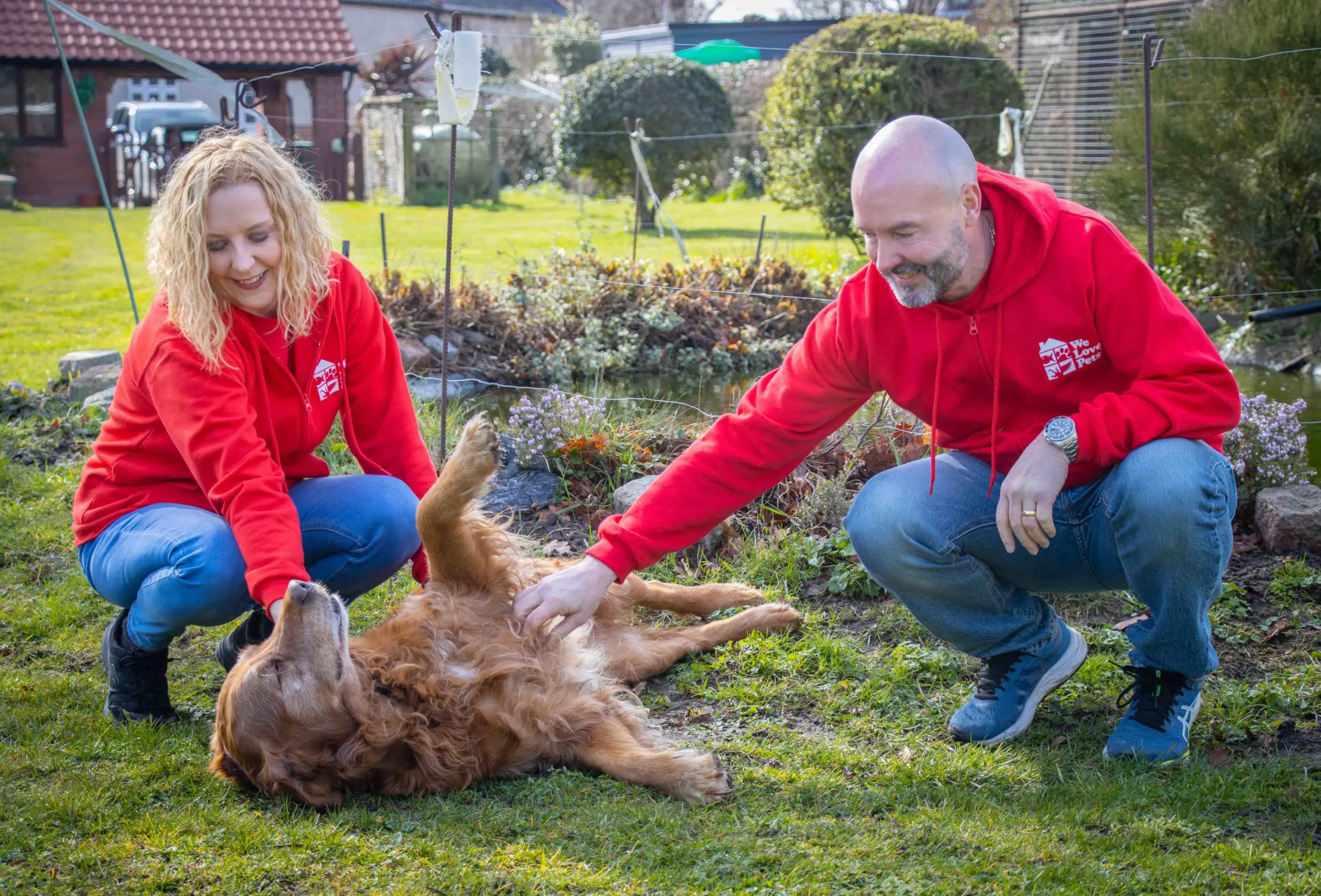At this time of year, a lot of people with pet tortoises start to think about hibernating their little shelled friends. However, many people still don’t realise that hibernation can be a dangerous process for a tortoise and that not all tortoises actually hibernate! Gone are the days of just letting our reptile friends dig under the garden when it gets cold and hope that we see them next spring. With improvements in animal husbandry, we are aware that these animals need to be closely monitored and kept in secure environments while hibernating, including weighing and measuring them during the process.
Now to many, the phrase “is your tortoise tucked up in their fridge” may seem a bit weird, but to tortoise keepers around the world it is quite normal. A fridge makes a fantastic place to hibernate a tortoise! One reason being you know they are safe, and the temperature can be controlled. It also makes them easily accessible for weighing and measuring. Another good aspect of keeping them secure inside is that you are able to wake them up much easier than having to dig them up from the garden. In the past many people thought that tortoises needed long hibernation periods of 6/7 months, however we know in the wild that many of these species would only hibernate for short periods, of around 10-12 weeks. So ideally no longer than 20 weeks should be considered, and that is for a tortoise that is 100% fit and healthy.
Is Your Tortoise Fit to Hibernate?
This is actually a question that needs to be asked in mid-late August! This is the key period to assess whether you will be able to safely hibernate or not. If your tortoise is not fit to hibernate at the end of August, then it certainly will not be in October. Your tortoise needs to have sufficient amounts of body fat, vitamins and minerals and water stored to make it through hibernation in good condition. If they are lacking in these items, they will then start to extract them from the muscles and organs, and this will then lead to mortality. As well as the weight you need to check that your animal is fully fit and healthy, so checking eyes, nose and tail for any discharge or runniness. If the tortoise has a persistent runny nose this could be a sign of “Runny Nose Syndrome” RNS, and they would need to see a vet immediately and be isolated from other tortoises. Some strains of RNS are highly infectious. Legs need to be checked for any lumps or bumps, abscesses are common in captive reptiles and if left untreated can be serious. Ears need to be checked for abscesses as well as this can be fatal if left untreated and is very common in captive tortoises. And then finally check the mouth. Mouth rot is common and can be fatal if left. Mouth rot shows as a yellow ‘cheesy ‘substance in the mouth, or by a deep red-purple tinge, or by the appearance of small bloodspots.
If all of these are clear and your tortoise is up to weight, then you can start preparing your tortoise for hibernation.
The final point is that tortoises need to be hibernated with an empty gut! It is common that people feel they need to give their pet a last meal before hibernation. However, tortoises which are hibernated with food still remaining inside are unlikely to survive in good health. The food decays and produces large quantities of gas and causes tympanic colic which brings about asphyxiation due to internal pressure on the lungs. This error of husbandry is also responsible for a number of serious, and usually fatal, bacterial infections inside the tortoise. Ideally, your tortoise should not be fed for 3-4 weeks before hibernation depending on their size. This is why if they are not a fit and healthy weight by the end of August, they will not be ready by October.
For further advice regarding how to weigh and measure your tortoise effectively and how to prepare for hibernation please follow the link to the tortoise trust website that has a very detailed section on hibernation. https://www.tortoisetrust.org/articles/safer.html
So, for most people the pet species of tortoise they have are biologically designed to hibernate. However, there are some people that have tropical or desert species of tortoise. Some examples would include, Hingebacks tortoises, Leopard tortoises, Redfoot tortoises and the African Spurred (Sulcatta) tortoises (not to be confused with the Spur THIGHED tortoise!)
Under no circumstance should these ever be hibernated, as the result of this would almost certainly be fatal.
In conclusion, make sure that research is done, and preparation is good and that will lead to a successful hibernation of your reptile friend!




